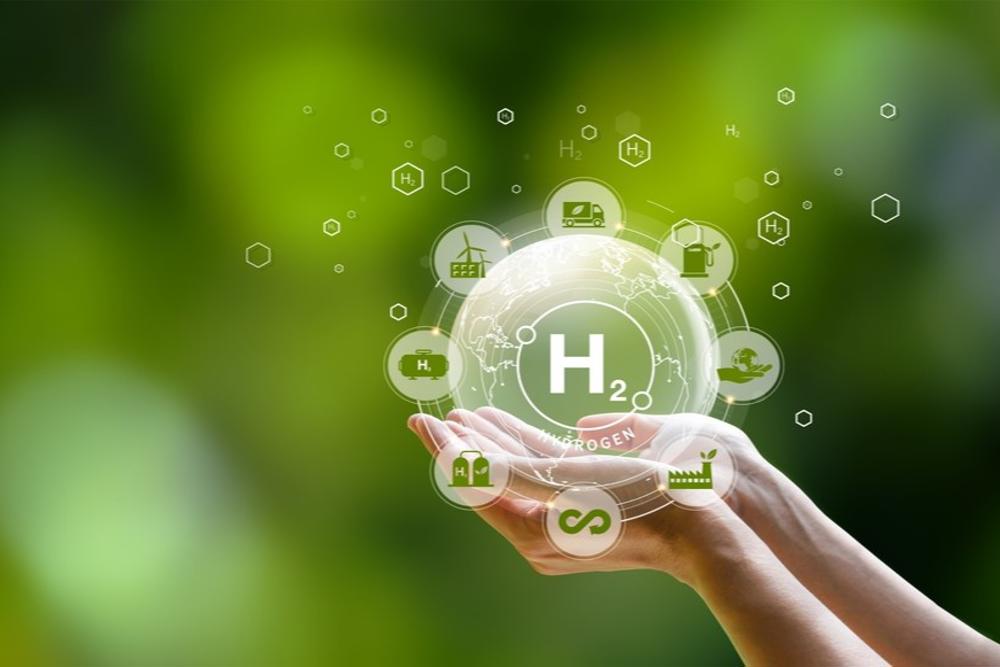
The South Australian Government and the Port of Rotterdam Authority have signed a Memorandum of Understanding (MoU) to study the feasibility of exporting green hydrogen made in SA to Rotterdam, Europe’s largest port. The MoU connects some of the world’s most ambitious players in the hydrogen economy and renewable energy.
South Australia is a global leader in renewable energy, with around 60 per cent of generation from wind and solar power. It is continuing to progress towards net-100 per cent renewable energy by 2030.
Over one in three South Australian homes have rooftop solar, and around 3 per cent of homes already have home batteries installed or committed in the largest global per capita roll-out of home storage.
The Port of Rotterdam is a leader in the transition to renewable energy and has developed an ambitious hydrogen masterplan to become the major hydrogen import hub to supply North west Europe with renewable energy.
The port currently imports vast quantities of oil and coal, yet imports of hydrogen will replace these to a large extent in the years to come, as part of the decarbonisation of the European economy.
South Australian Minister for Trade and Investment, Stephen Patterson, said they are impressed by the ambition of the Port of Rotterdam, which mirrors that of the South Australian Government.
“We released a Hydrogen Action Plan in 2019 with the vision of becoming a world-class renewable hydrogen supplier,” said Mr Patterson.
“The South Australian Government intends to become a national and international exporter of clean power, through new power interconnectors and carriers such as hydrogen.”
“These could lead to South Australia producing around 500 per cent of its current grid demand in renewable energy by 2050,” said SA Minister for Energy and Mining, Dan van Holst Pellekaan.
“Europe will remain a net importer of energy. However, it will gradually shift from grey to green.”
The Port of Rotterdam wants to facilitate this shift by stimulating the development of new supply chains of hydrogen.
“This is important both to stop climate change as well as for the long term sustainability of businesses and the economy,” said CEO of the Port of Rotterdam, Allard Castelein.
“We know that costs related to the shipping distance are but a small part of the total costs of hydrogen delivered in Rotterdam.”
“The majority of the cost is in production of hydrogen, carrier production or liquification and storage. This means that local conditions such as the amount of sunshine and wind that exist in South Australia could make this hydrogen very competitive on the European market,” Mr Castelein said.
Marion Derckx, Ambassador to the Kingdom of the Netherlands in Australia is pleased that South Australia and the Netherlands are connecting on the road to a carbon-neutral economy.
She stated: “It is exciting to appreciate how South Australian sunshine and wind could become the fuel for industry, transport and homes in Europe. I know that this cooperation will further deepen relationships between Dutch and South Australian businesses.”
South Australia has committed around $15 million to support green hydrogen production projects being led by AGIG at Tonsley, H2U at Cultana and Neoen in the state’s mid-North.
The partnership of South Australia and the Port of Rotterdam will build upon a $1.25 million hydrogen export modelling tool and prospectus, released in October 2020, looking at establishing green hydrogen supply chains from South Australia.
South Australia is the first sub-national jurisdiction to enter into such an agreement with the Port of Rotterdam. The Port is doing similar feasibility studies regarding the production and shipping of hydrogen with a number of countries including Iceland, Portugal, Morocco, Uruguay and countries in the Middle East.












